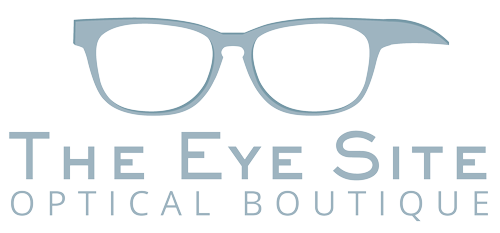
A Recap of Myopia in Kids
As we’ve discussed in our last two blogs, Myopia (nearsightedness) is a growing concern among children worldwide. Left unmanaged, Myopia can progress rapidly in childhood, increasing the risk of severe eye conditions later in life, such as retinal detachment, glaucoma, and macular degeneration. We talked about Ortho-K treatment in our last blog in this series. Today, we’ll discuss management using Atropine eye drops.
Atropine Eye Drops: How They Work
Atropine eye drops are a well-established, non-surgical treatment for slowing Myopia progression in children. Atropine is a medication traditionally used in eye care for pupil dilation and treating inflammation, but in much lower concentrations, it is used specifically to manage Myopia.
- How It Works: The exact way Atropine slows Myopia is not fully understood. It is believed to act on specific receptors in the retina, choroid, and sclera, influencing the chemical signals that regulate eye growth. Atropine may also affect dopamine levels in the retina, which are associated with controlling eye elongation.
- Application: For Myopia control, atropine is typically prescribed in low concentrations, administered as a single drop in each eye at bedtime.
- Correction: Atropine does not correct blurred vision from Myopia; children will still need glasses or contact lenses for clear vision during the day.
Benefits of Atropine for Myopia Control
1. Proven Effectiveness
- Low-dose Atropine drops have been shown to slow Myopia progression by 50–60% in children, significantly reducing the risk of developing High Myopia.
- This treatment is effective for children as young as 4 years old and can be continued safely for several years.
2. Minimal Side Effects
- High concentrations can cause side effects like light sensitivity and blurred near vision, but low concentrations are well tolerated, with minimal side effects reported in most children. Most children on low-dose Atropine experience no significant discomfort or visual disturbances. That’s why we only prescribe at very low concentrations.
3. Reduced Risk of Future Eye Disease
- By slowing the elongation of the eyeball, Atropine drops reduce the likelihood of developing severe Myopia or associated complications later in life.
4. Simple, Noninvasive Treatment
- Atropine drops are easy to administer at home and are a noninvasive Myopia management strategy.
Who Is Atropine Best For?
Atropine eye drops are best for children aged 4–12 at the start of treatment, especially those with progressing Myopia. They are also a great choice for those children whose particular Myopia may not be suitable for, or prefer not to use, contact lens-based treatments like Ortho-K.
Low-dose Atropine eye drops are a safe, effective, and easy-to-use option for slowing Myopia progression in children. While they do not replace the need for glasses or contact lenses, they offer significant long-term benefits by reducing the risk of severe Myopia and its associated complications. Regular follow-up with an eye care professional like Dr. Kristina ensures optimal results and safety throughout treatment. Call us, send us an email, or shoot us a text to set up an appointment for your child to find out if this is the right treatment program for their vision. We’ll see you soon!
